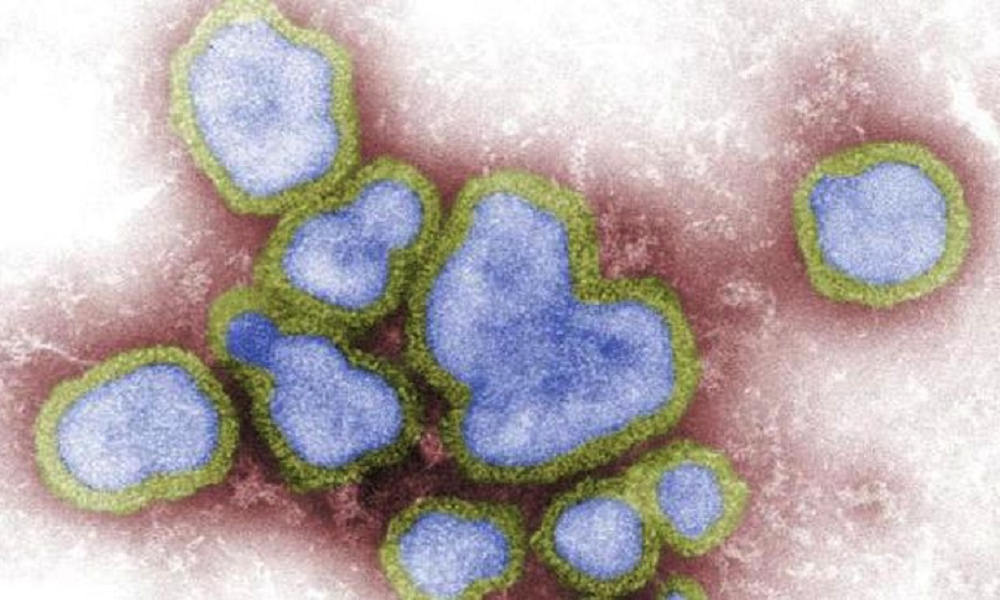World
U.S. and China report 3 more human cases of bird flu, UN calls for urgent action

A woman who died in eastern China earlier this month was infected with H5N6 bird flu and two more poultry workers in Colorado have tested positive for H5N1, according to local officials. A UN agency is calling for urgent action.
In China, the latest case is a 70-year-old woman who went to a live poultry market in Hefei, Anhui Province before she developed symptoms on June 17. She was hospitalized two days later and died on July 8, according to Chinese officials.
The Chinese government often takes weeks or months to report human cases of bird flu.
In the U.S., the Colorado Department of Public Health confirmed that two more workers at a poultry farm in Weld County had tested positive for H5N1, taking the total at this farm to three. Six other cases were reported at another poultry farm earlier this month and one was confirmed at a dairy farm.
“All three people [at the second farm] have mild illness and have been offered the antiviral drug, oseltamivir, for treatment,” the CDC said in a statement. “State and local officials continue to monitor poultry workers on farms with infected poultry.”
The Colorado Health Department added that the risk of avian flu to the general public remains low. “So far, we have not seen evidence of person-to-person transmission,” the agency said.
Earlier on Thursday, the UN Food and Agriculture Organization (FAO) called for urgent efforts to combat the rise in avian influenza cases across the Asia-Pacific region, calling recent developments “alarming.”
Much of the concern has focused on a new variant of H5N1 which has spread around the world and is causing infections in a growing number of mammals. 23 human cases have been reported so far this year, including 12 in the U.S., 7 in Cambodia, 1 in China, 1 in Vietnam and 1 in Australia. None of the U.S. cases were fatal.
“The recent surge in avian influenza outbreaks is deeply concerning,” Kachen Wongsathapornchai, Regional Manager of FAO’s Emergency Center for Transboundary Animal Diseases, said. “Since late 2023, we have observed a rise in human cases and the virus spreading to new animal species. The emergence of novel A/H5N1 strains, which are more easily transmissible, increases the pandemic threat. Immediate, coordinated preventive measures are essential.”
LINK: A list of all human cases of H5N1 bird flu since 2021

-

 Legal4 days ago
Legal4 days agoMichigan man JD Vance sentenced to 2 years for threatening Trump and JD Vance
-

 Politics5 days ago
Politics5 days agoU.S. to designate Maduro-linked Cartel de los Soles as terrorist organization
-

 World1 week ago
World1 week agoU.S. begins Operation Southern Spear against “narco-terrorists” in the Western Hemisphere
-

 Health5 days ago
Health5 days agoCambodia reports fatal H5N1 bird flu case in 22-year-old man
-

 World2 days ago
World2 days agoHurricane Melissa registered 252 mph wind gust, breaking global record
-

 Legal2 days ago
Legal2 days agoWoman in critical condition after being set on fire on Chicago train
-

 Legal1 week ago
Legal1 week agoImprovised explosive device detonates outside Las Vegas restaurant; no injuries
-

 World1 week ago
World1 week agoNationwide power outage hits Dominican Republic




